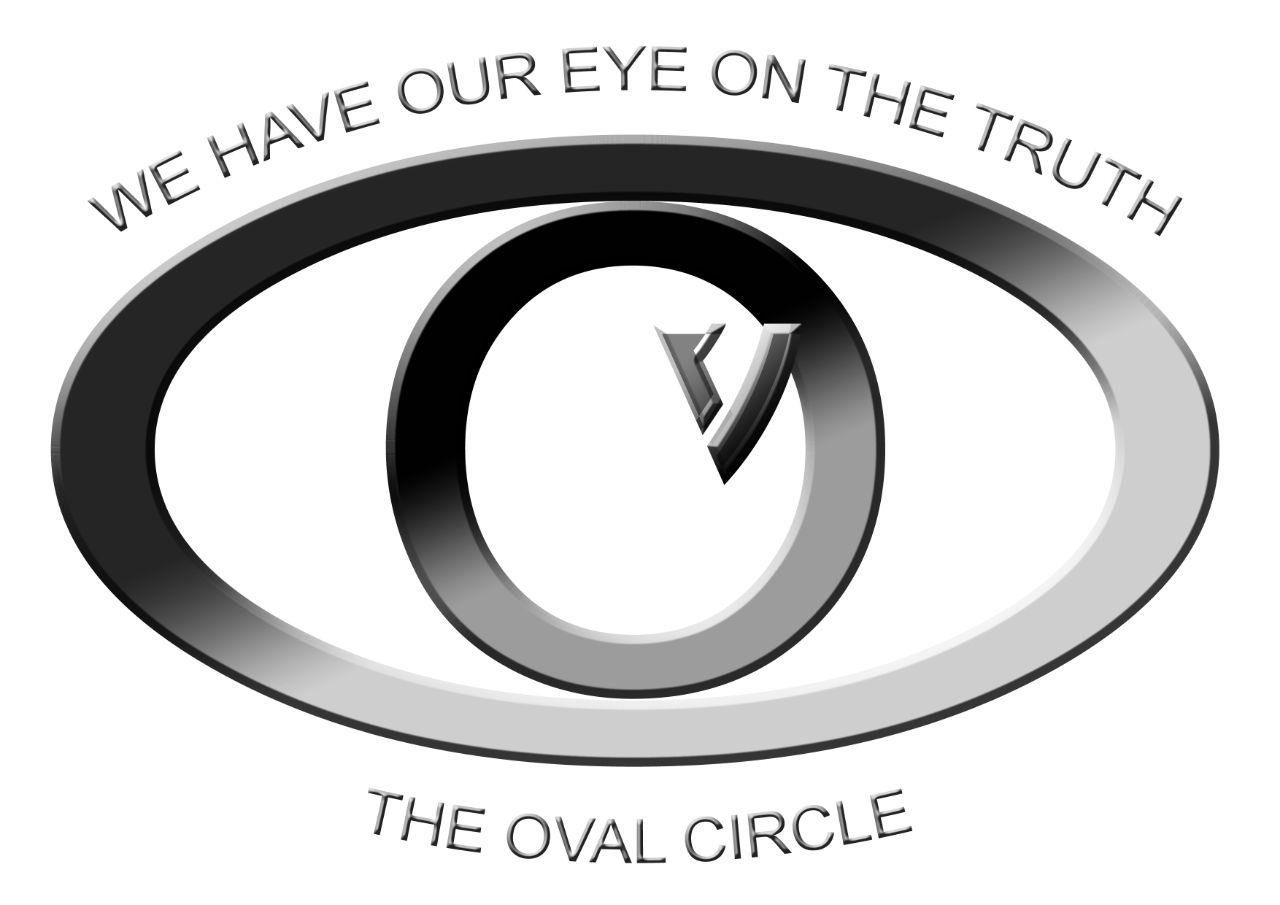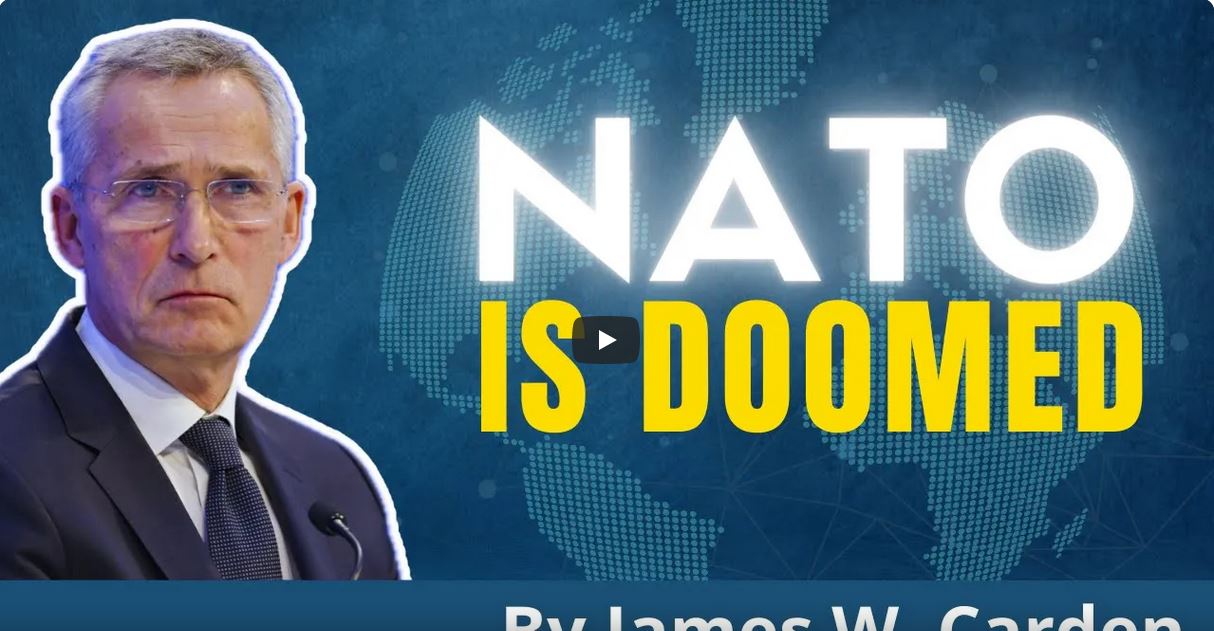Seventy-five years ago, on April 4, 1949, the foreign ministers of 12 European and North American countries convened in Washington and signed the North Atlantic Treaty establishing NATO. With war raging in Eastern Europe and calls from a number of NATO allies to escalate that war, unpopular yet critical questions need to be addressed with regard to the alliance’s history, its continuation, and its expansion, as well as its ramifications for U.S. national security. Indeed, several articles of faith with regard to NATO’s successes and indispensability turn out to be, upon even cursory examination, highly questionable—if not entirely mistaken.
While criticism of the alliance is effectively verboten in today’s Washington, at the time of its founding, some eminent American foreign policy thinkers such as Walter Lippmann warned that “a great power like the United States gains no advantages and it loses prestige by offering, indeed, peddling, its alliances to all and sundry. An alliance should be hard diplomatic currency, valuable and hard to get.” An argument could be made that by the end of its first decade, NATO was already obsolete. The great Hungarian-American historian John Lukacs has argued that, by the mid-1950s, the Soviets (post-Stalin, post-Beria) were beating a retreat from the center of Europe. In 1954–55, they agreed to, in Lukacs’s words, a “reciprocal withdrawal” in Austria, paving that way for that country’s Cold War neutrality. Within a year the Soviets relinquished their naval base in Finland (which henceforth was to also pursue neutral status—that is, until last year) and mended ties with Tito’s Yugoslavia. By Lukacs’s accounting, 1956 “was the turning point of the cold war. Perhaps even the end of it, if by ‘cold war’ means the direct prospect of an actual war between American and Russian armed forces in Europe.”
Watch: Here

